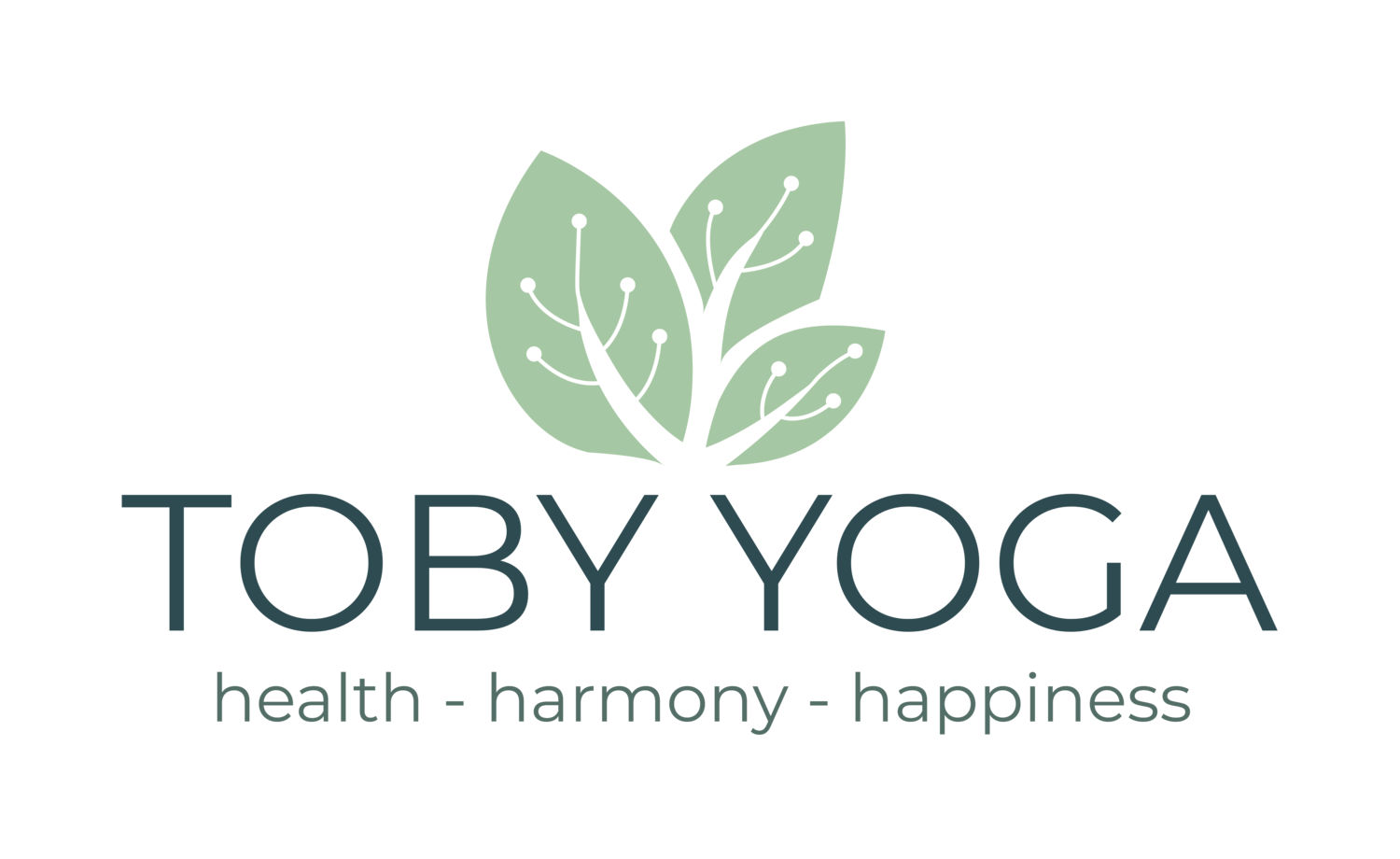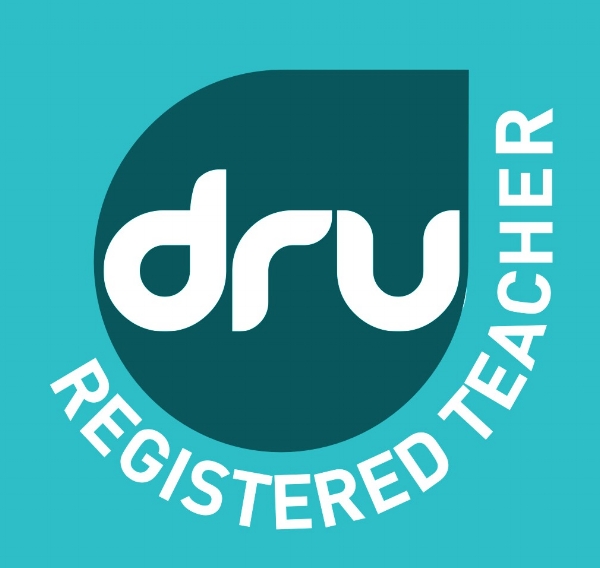People often ask me how Dru Yoga differs from other forms of yoga and what makes it so effective. The answer lies in the seven secrets or key ingredients that make up Dru. In this article you will find out more about this magnificent seven and how we put them into practice in our TOBY YOGA classes.
1. The first key ingredient is flow:
Dru Yoga is a beautiful flowing form of yoga where we transition effortlessly from one sequence or posture to another. We know that the way in which we move into and out of a posture is just as important as the posture itself. Our aim is always to create a continuous flow of movement and of the breath during each and every stage of your Dur Yoga practise. This helps us come fully into the present moment and to release tension and blockages from the mind, body and emotions.
2. The second secret of Dru Yoga is breath:
In a Dru Yoga class you will find out how to consciously use your breath to release discomfort and dis-ease or to restore and revitalise. We do this by first coordinating the movement of our body with the movement of our breath. We can then direct our breath awareness to specific parts of the body in order to energise them or to release tension.
3. We always ensure we have soft joints:
My Dru Yoga ethos is simple, I want you to lengthen and strengthen your muscles, ligaments and fascia and never strain or pain them. We do this by never locking our joints which are kept strong, yet relaxed and flexible when we move. This way we avoid creating tension or impeding the natural flow of the body's circulatory systems. For examples, when you lift or lower your arms we 'circle in front', your shoulders and elbows remain relaxed with hands held slightly forward so you can see them in out of the corner of your eye. And when standing, we keep our legs strong with the knees slightly flexed or 'soft, and not locked.
4. Core stability is our fourth key:
Now for a bit of simple (very simple!) physiognomy. We can think of our muscles as broadly falling into two categories based on their primary function. The first to create stability (stabilisers) and the second to generate movement (mobilisers.) When these different kinds of muscles function correctly, there is harmony but if one becomes weaker then the other has to compensate. This can lead to muscle tension, strains and sprains.
We naturally improve muscle balance when practising Dru Yoga. Our flowing approach in a wide variety of positions, naturally strengthens postural muscles (stabilisers) and gives movement muscles (mobilisers) a full stretch.
It is also very important that we engage our core muscles, which stabilise and strengthen the spine, to ensure correct posture, improve spinal alignment and allow safe movement. The major core muscles are the pelvic floor, transversus abdominis and lumbar multifidis. This 'muscle corset' is engaged when movements are undertaken with a gentle contraction of the lower abdomen. (I will be talking more about the importance of a strong core in future blogs.)
5. The fifth secret if Dru is the spinal wave:
Healthy backs equal healthy lives. Our backs are revitalised and nourished by natural wave-like movements created from the base to the top of our spines when we move and breathe correctly. These Dru spinal waves also encourage the free flow of cerebrospinal fluid and other body secretions. And because our muscles receive their instructions from the brain via the spinal cord it's vital we regularly release tension and maintain a healthy, flexible and strong spine through the Dru spinal wave.
6. At number six we have the spinal twist
It is important to gently move and flex the spine in all directions - forward and back, twisting round to either side, and stretching over to each side. In Dru we always start twisting movements from the base of the spine, flowing upwards into neck so head turns last. Then when reversing the twist we also begin the movement from the base and flow up into the neck as you turn to look forward. Spinal twists increases the blood flow to the spine, improving spinal flexibility and mobility.
7. The seventh and final secret is 'Dru still points':
Within the the flow of movement and coordinated breath in a Dru Yoga class there are points of stillness. This is 'mindfulness in motion' and we refer to these as 'Dru still points'. You may experience these during and especially after you have completed a movement. Settle into the stillness and enjoy the space you have created.

